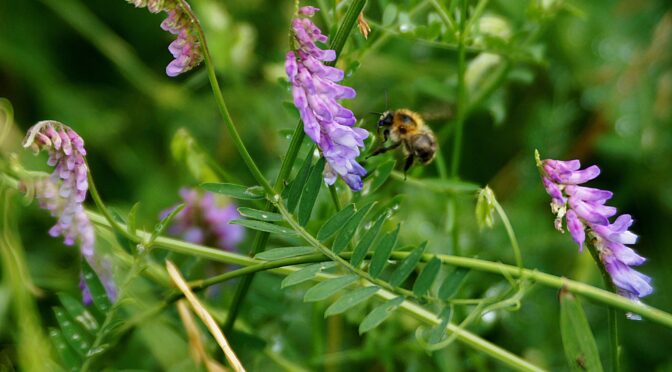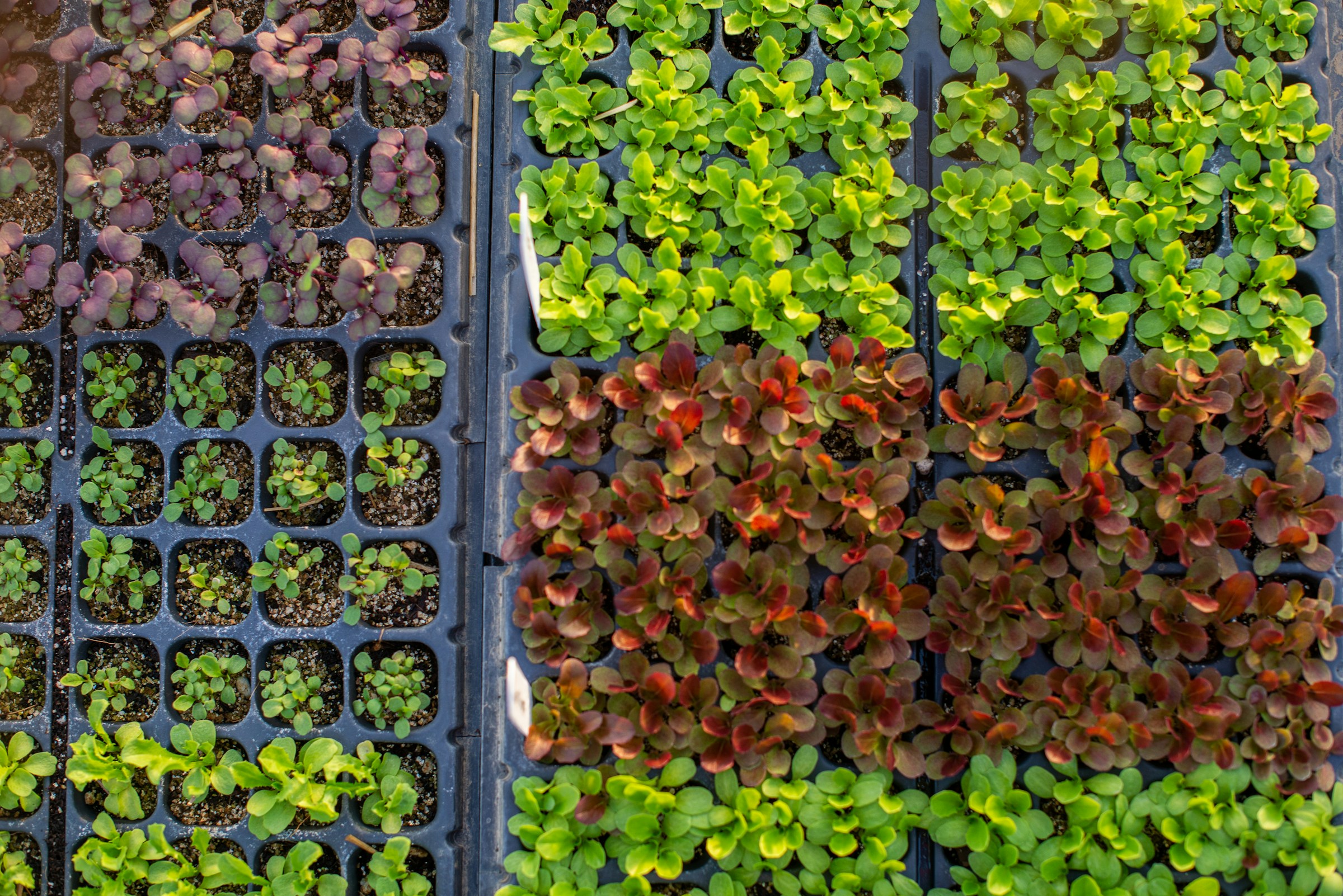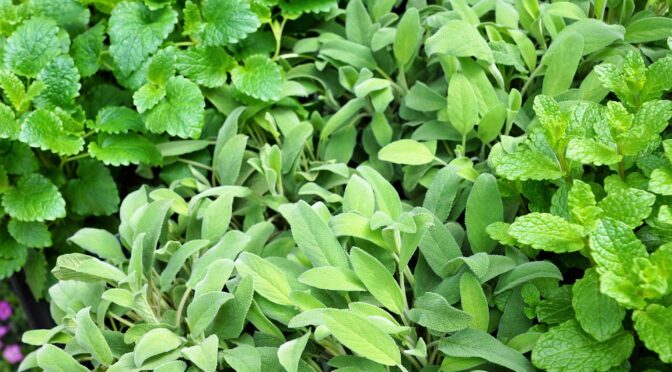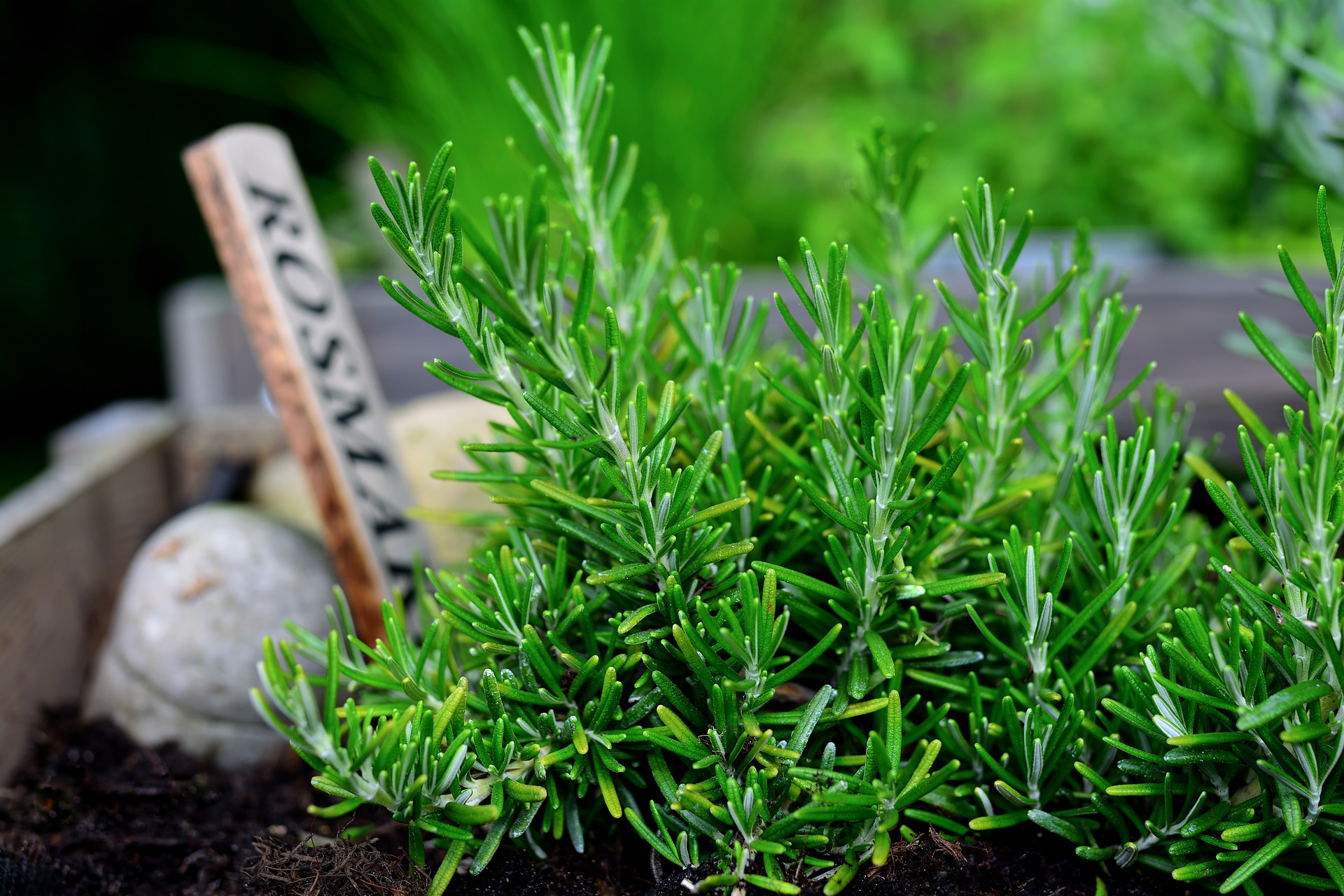Whether you’re growing fresh herbs, an enormous self sufficiency garden, or cut flowers for bouquets, good healthy soil is the base of production. While we can sometimes buy in fertility and organic matter and add it to our beds, this is time-consuming and expensive. Green manures help us produce nutrients and organic matter on the property.
What is Green Manure?
Despite the name, there’s no actual manure or animal poop in green manure. Instead, green manure comprises fast-growing plants. Often growers will choose a mix of annual crops for green manure.
It’s not uncommon to see the phrases cover crop and green manure used interchangeably. Any crop grown to cover the soil, rather than harvest, is called a cover crop. A green manure is a type of cover crop that’s incorporated into the soil while the crop is still green and often just beginning to flower.
Some cover crops are left on the field to reach full maturity. While these have plenty of benefits, they don’t add as much nitrogen to the soil. Green manures, particularly nitrogen-fixing legumes, add nitrogen to the soil that future crops can use.
Hairy vetch adds approximately 110 pounds per acre of nitrogen when grown and incorporated as a green manure.
The benefits of green manures don’t end with nitrogen. Here are some other great reasons to grow them:
Why Should I Plant Green Manures?
-
Suppresses persistent weeds.
-
Improves soil microbial activity and provides habitat for beneficial insects.
-
Conserves soil and water by insulating the soil and reducing erosion.
-
Adds organic matter and improves soil structure.
-
Help bust hard pans and bring minerals to the surface.
-
Improves soil aeration and water retention, allowing crops to grow stronger root systems.
-
Can help break disease cycles in the soil.
How and When Do I Plant Green Manures in My Garden?
In some areas, you can seed green manures year round. Sometimes growers plant green manures in the fall and winter to give the beds a rest and protect the soil while they’re not in use. Other times, growers will sow green manure as part of their rotation in the summer or to give a bed a quick boost before planting a fall crop.
Most green manures will need about 8 weeks to grow (maybe longer in the winter) and 6 weeks to decompose before a bed is ready to replant.
Planting green manure crops is simple! Usually, your green manure crop should come with a specific set of sowing instructions, but there are some basic guidelines that will work for most.
You need to start with bare soil. Then you can broadcast your crop. Rake the seeds into the soil a bit, to keep them moist and help protect them from birds.
If you’re planting in fall and winter, it may rain enough for your seeds to germinate in thrive. In the summer months, you will probably need to set up irrigation or drag out the sprinkler.
In the deep summer in the Southeast, germinating any crop can be a major challenge. Starting cool season green manures in late summer and early fall can be especially tricky.
Laying cardboard over a bed before planting can help hold in moisture and shade the soil until you’re ready to plant. You can also use shade cloth over your green manure if you’re having germination issues.

Our Favorite Green Manure Crops
The green manure crop you choose for your garden will depend on your soil and needs. You will also need to choose a crop that’s suitable for the season. You can think about green manure crops as being warm season or cool season.
Any nitrogen-fixing crop is marked with a *.
Warm Season Green Manure Crops
These crops are great for planting in spring or summer to help build soil in empty beds throughout the season.
-
Mustard
-
Lupin*
Buckwheat and Sunn Hemp are quick-growing options.
Cold Season Green Manure Crops
These green manures are suitable for fall or winter planting. They can help add fertility and protect the soil over the winter.
Daikon radishes are a top choice for breaking up compacted soil. Typically, we recommend white clover for beds that you plant to keep in cover crop for at least a year, as part of a larger rotation. It’s also a good choice for pathways.
How to Incorporate Green Manure Crops into the Soil
After 8 weeks or more, your green manure crop should have put on good growth and ideally be almost ready to flower or just starting to flower. At this stage, your green manure should be full of nutrients that you can return to the soil.
Don’t let your green manure crop mature and go to seed. The seeds can take up to 90% of the plant’s nitrogen.
The nitrogen is used to make the protein in seeds. When the nitrogen is used to make seeds, it becomes unavailable for your next crop.
The most common way to deal with green manure crops is rototill the crop into the bed whether with a tractor or small rototiller. Depending on the crop, you’ll probably need to mow it first, either with a tractor or push mower. For tiny beds, mow or cut your crop, then dig it into the soil with a shovel or garden fork.
Of course, many growers are going to no-till practices. If you don’t want to till in your green manure, you can simply mow it and leave it to break down on the surface of the soil. It will double as mulch, and you can transplant directly into it.
If you’re in a hurry to plant, covering your mulched material with tarps or plastic can help speed up the decomposition process. It holds the moisture into the plant material and soil and earth worms and other insects will move about beneath the tarp, helping to break down the green manure.






 Disease Issues
Disease Issues